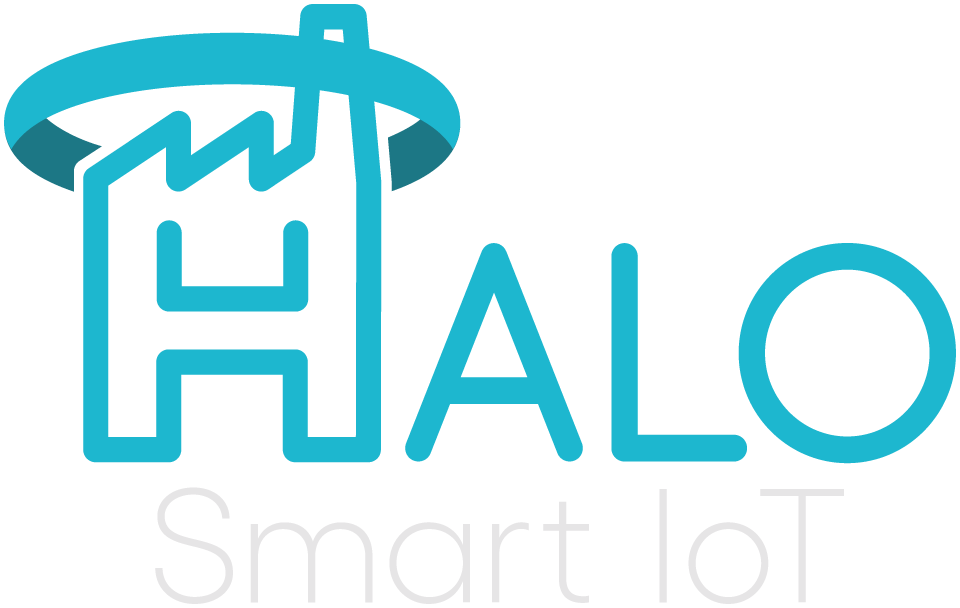Mould growth in residential buildings is a significant concern for landlords, housing providers, and tenants alike. Left unchecked, it can lead to serious health risks, costly property damage, and legal challenges for landlords. With growing awareness of indoor air quality and tenant well-being, it has become essential for property managers to adopt proactive solutions to prevent mould formation.
This is where Halo Smart IoT comes in. By leveraging real-time monitoring and smart technology, landlords and housing providers can maintain mould-free, safe, and comfortable homes while ensuring compliance with housing regulations.
The Impact of Mould in Residential Buildings
Mould is more than just an aesthetic issue—it poses significant health and financial risks.
Health Risks to Tenants
Exposure to mould can trigger respiratory issues, allergies, and long-term health problems, particularly for:
- Children and the elderly
- Individuals with asthma or respiratory conditions
- Those with weakened immune systems
The presence of mould often correlates with high humidity and poor ventilation, creating an unhealthy living environment. If left untreated, tenants may experience chronic coughing, skin irritation, nasal congestion, and other respiratory symptoms.
Property Damage and Costly Repairs
Mould can weaken walls, ceilings, and floors, leading to structural damage and expensive repairs. The longer it goes unnoticed, the more extensive (and costly) the damage becomes. A minor condensation issue can quickly escalate into:
- Peeling paint and wallpaper
- Damp, weakened walls and flooring
- Rotting wooden structures
- Fungal infestations spreading through the building
Beyond repair costs, properties with a mould problem become difficult to let, resulting in lost rental income and dissatisfied tenants.
Legal and Compliance Challenges
With increasing regulations around housing standards, landlords and housing providers must ensure safe, habitable conditions for tenants. Under the Homes (Fitness for Human Habitation) Act 2018, landlords are legally obligated to maintain properties free from hazards, including excessive damp and mould. Failure to do so can result in legal disputes, fines, and reputational damage.
Proactively Preventing Mould with Halo Smart IoT
Traditional mould prevention methods—such as periodic inspections—are often reactive and ineffective. By the time visible signs of mould appear, the damage is already done. With Halo Smart IoT, landlords can implement a proactive, technology-driven approach to keeping buildings mould-free.
1. Real-Time Humidity and Temperature Monitoring
Mould thrives in humid, poorly ventilated conditions. With Halo Smart IoT humidity and temperature sensors, property managers can monitor conditions in real time and receive alerts if humidity levels exceed safe thresholds. By continuously tracking these factors, landlords can take corrective action before mould develops.
2. Identifying High-Risk Areas
Not all rooms are equally vulnerable to mould. Bathrooms, kitchens, and poorly insulated areas are particularly susceptible. Halo Smart IoT sensors can be placed in high-risk areas to detect early signs of excessive moisture, helping property managers focus their efforts where it matters most.
3. Smart Ventilation Control
Good ventilation is crucial in mould prevention. With IoT-powered ventilation control, property managers can:
- Ensure consistent airflow in poorly ventilated areas
- Automate extractor fan activation when high humidity is detected
- Prevent excessive condensation in winter months
This reduces the likelihood of moisture build-up, keeping properties dry and mould-free.
4. Preventing Structural Damage
High humidity levels don’t just lead to mould—they also contribute to damp and rot in walls and flooring. By integrating IoT monitoring with predictive maintenance, property managers can detect potential issues early and schedule preventive maintenance before structural damage occurs.
5. Ensuring Compliance with Housing Regulations
By actively monitoring indoor conditions, landlords can demonstrate compliance with housing health and safety standards. The Halo Smart IoT system provides data logs and reports that serve as proof of compliance, reducing legal risks and protecting landlords from potential disputes.
Cost Savings for Landlords and Housing Providers
Reducing Repair Costs
Preventing mould with IoT monitoring is significantly cheaper than carrying out major repairs once damage has occurred. Addressing a minor condensation issue early can prevent thousands of pounds in structural repair costs.
Lowering Energy Bills
Mould often forms in cold, damp properties with poor insulation. By monitoring temperature variations and energy efficiency, property managers can identify inefficiencies in heating and insulation, helping to lower energy costs for both landlords and tenants.
Minimising Tenant Complaints and Turnover
A mould-free property leads to happier tenants and longer lease agreements. Dissatisfied tenants facing recurring damp issues are more likely to seek alternative accommodation, leading to costly vacancies and re-letting fees. Halo Smart IoT helps create a comfortable, healthy living environment, improving tenant retention.
Future-Proofing Residential Buildings with Smart IoT
As the housing sector shifts towards smarter, more sustainable property management, Halo Smart IoT offers a cutting-edge solution to mould prevention. By leveraging real-time data, predictive analytics, and smart automation, landlords and housing providers can ensure safer, healthier homes while reducing maintenance costs.
For housing providers looking to adopt IoT-powered mould prevention, our team at Halo Smart IoT is ready to assist. Contact us today to discover how our technology can help you protect your properties, reduce costs, and enhance tenant well-being.
